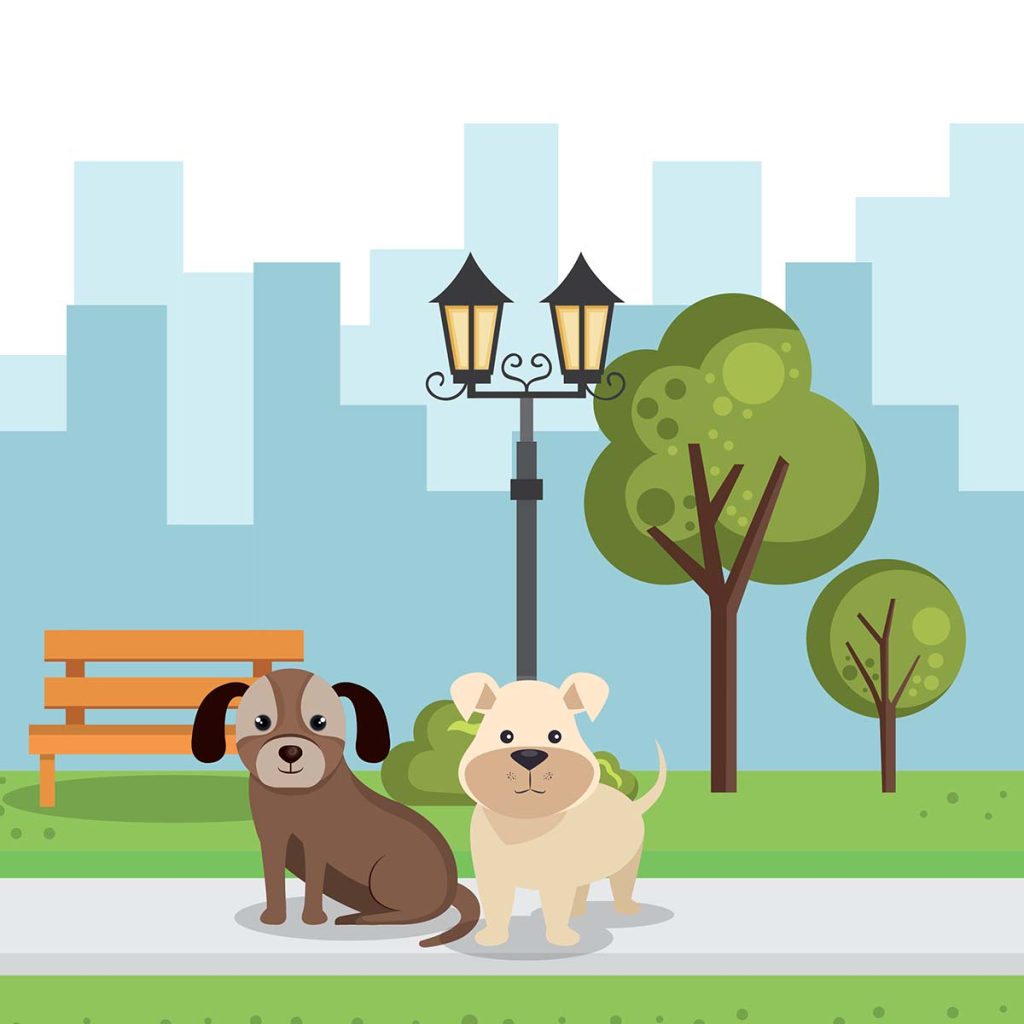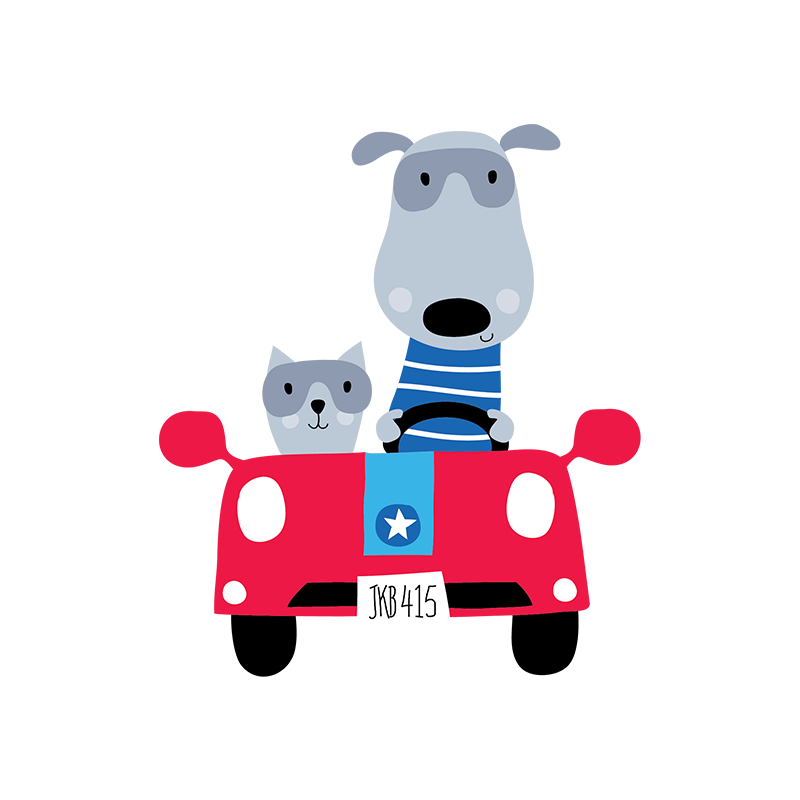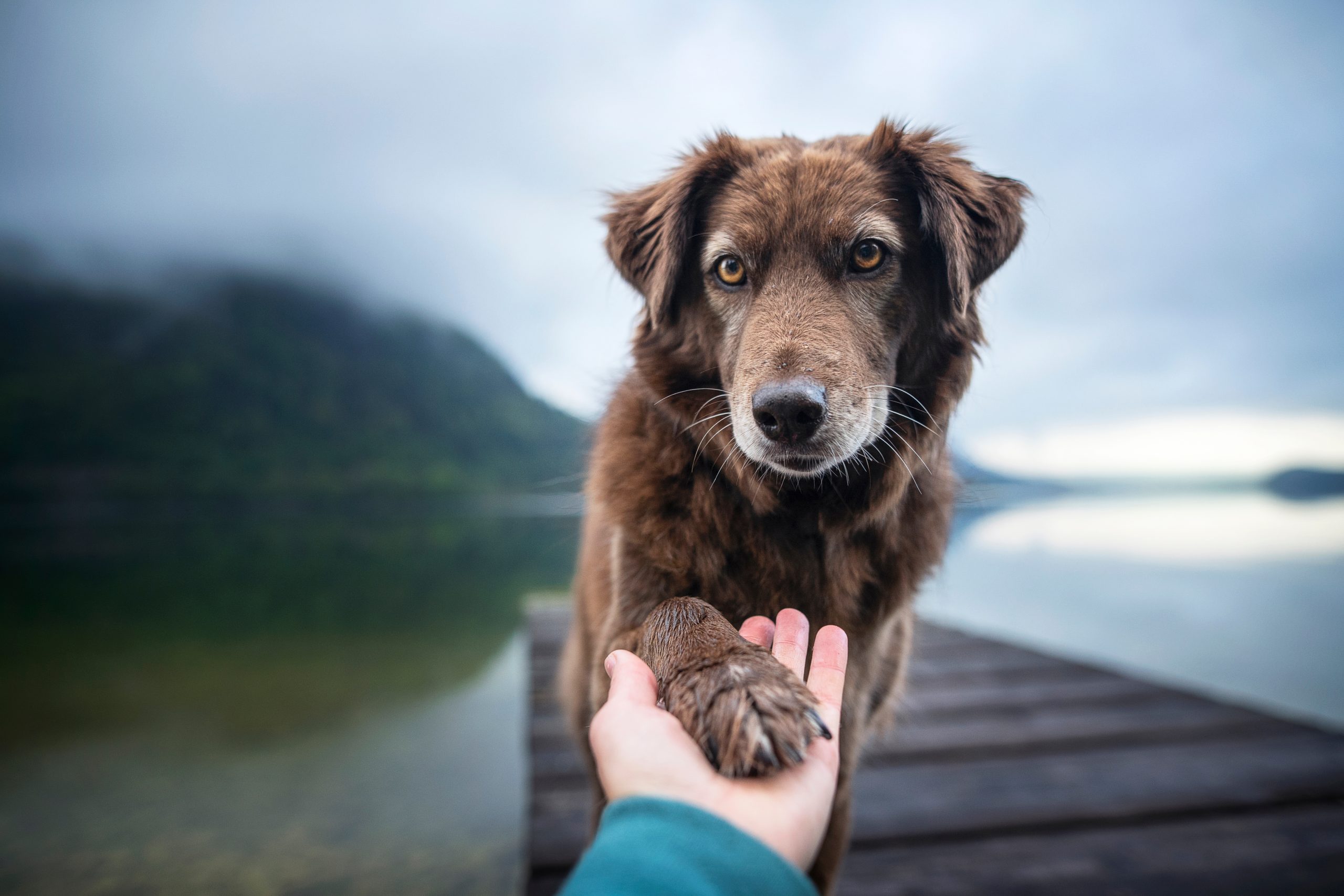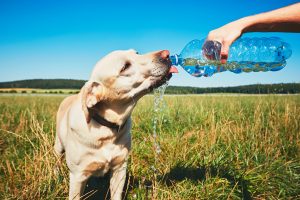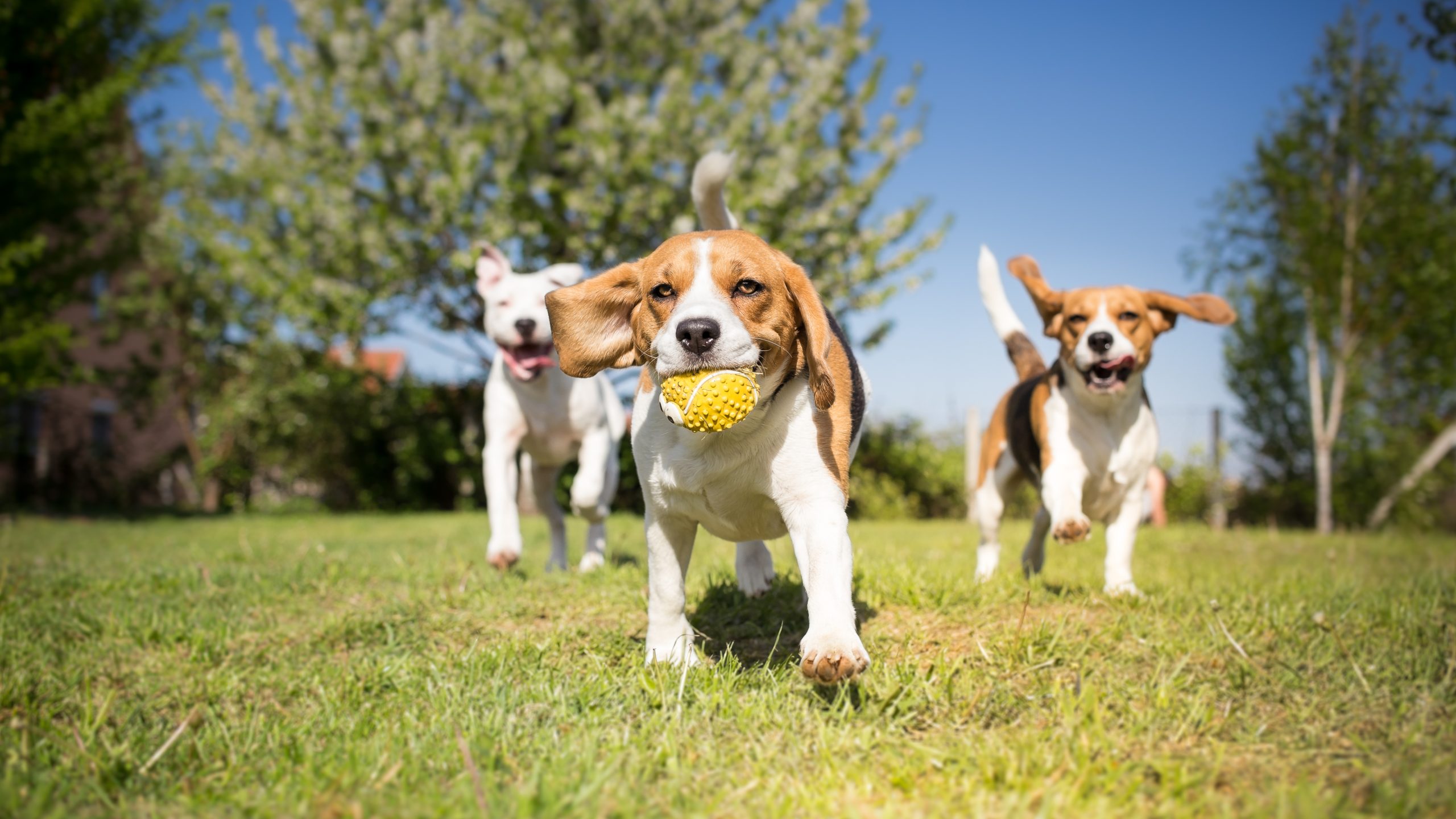

Washoe County Regional Animal Services receives an average of 620 calls reporting pets locked in hot cars every year. Carson City Animal Services receives an average of 80 calls reporting pets locked in hot cars every year.
Be part of the solution to keep pets safe. Share this video and this important message to help us spread awareness and keep the pets in our communities safe during the summer months.
Leaving your pet inside of a car, for ANY amount of time when the weather outside is 70° or higher is DANGEROUS. #HEATKILLS

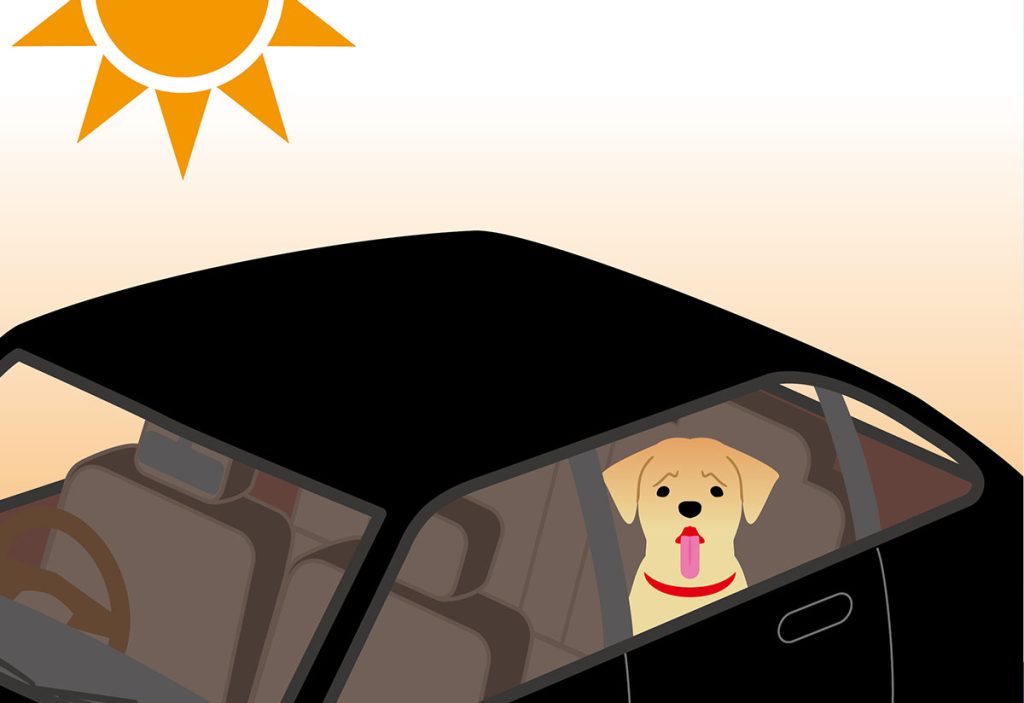
Emergency Services
If you see a pet in a hot car, call Animal Control in your area immediately!

Pet Safety Quick Links
Here’s A Quick Test to See if the Pavement is Too Hot!

Press the back of your hand
against the asphalt

Hold your hand there
for a full 7 seconds

If it’s too hot for you,
it’s too hot for your pet!
Summer Pet Safety Tips:

SAFE IN THE SUN
We all enjoy the warm weather, but sometimes the heat is too much for our four-legged friends.
This summer keep in mind that your pet can’t sweat -which makes it harder for them to regulate their body temperature.
Here are some tips to help you have a fun, safe summer with your furry family members:
NEVER LEAVE YOUR PET IN THE CAR
Even leaving them for a “quick” second can turn deadly. Temperatures in a vehicle can spike in minutes, leaving them overheated, potentially causing heat stroke or even death.
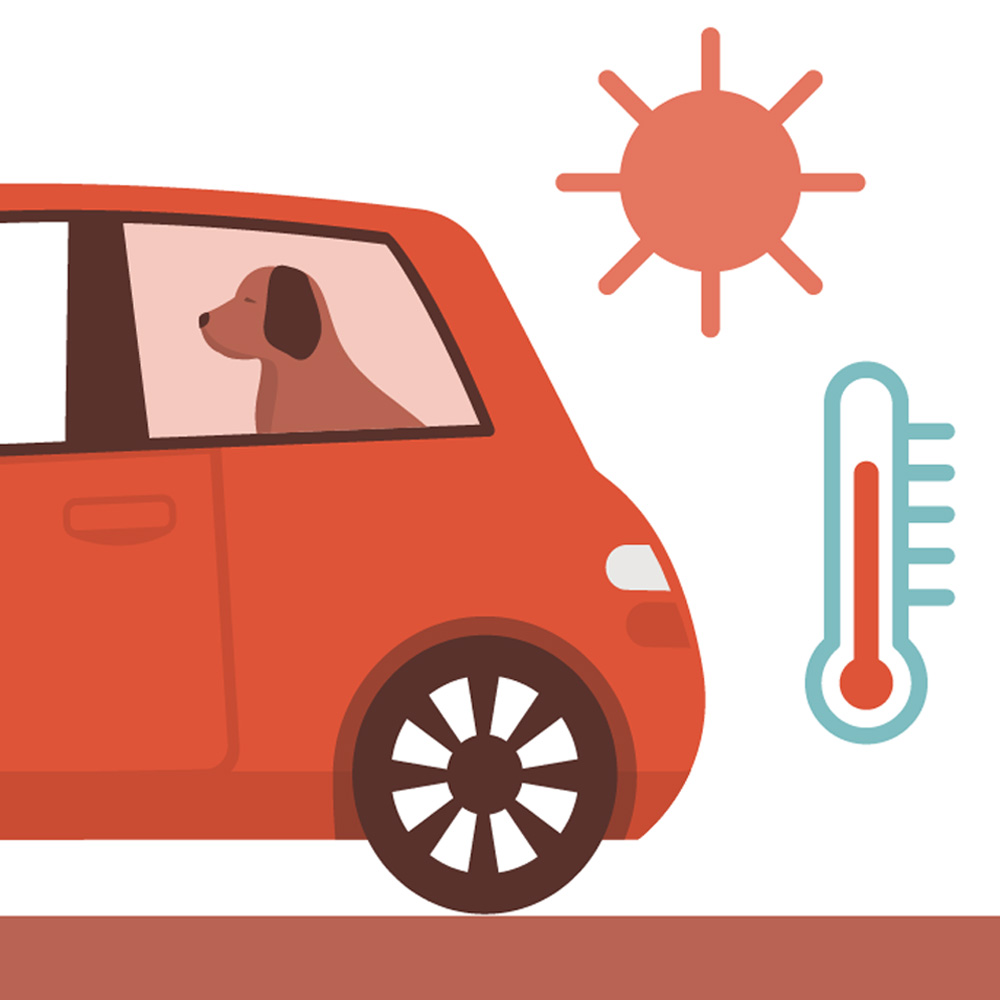
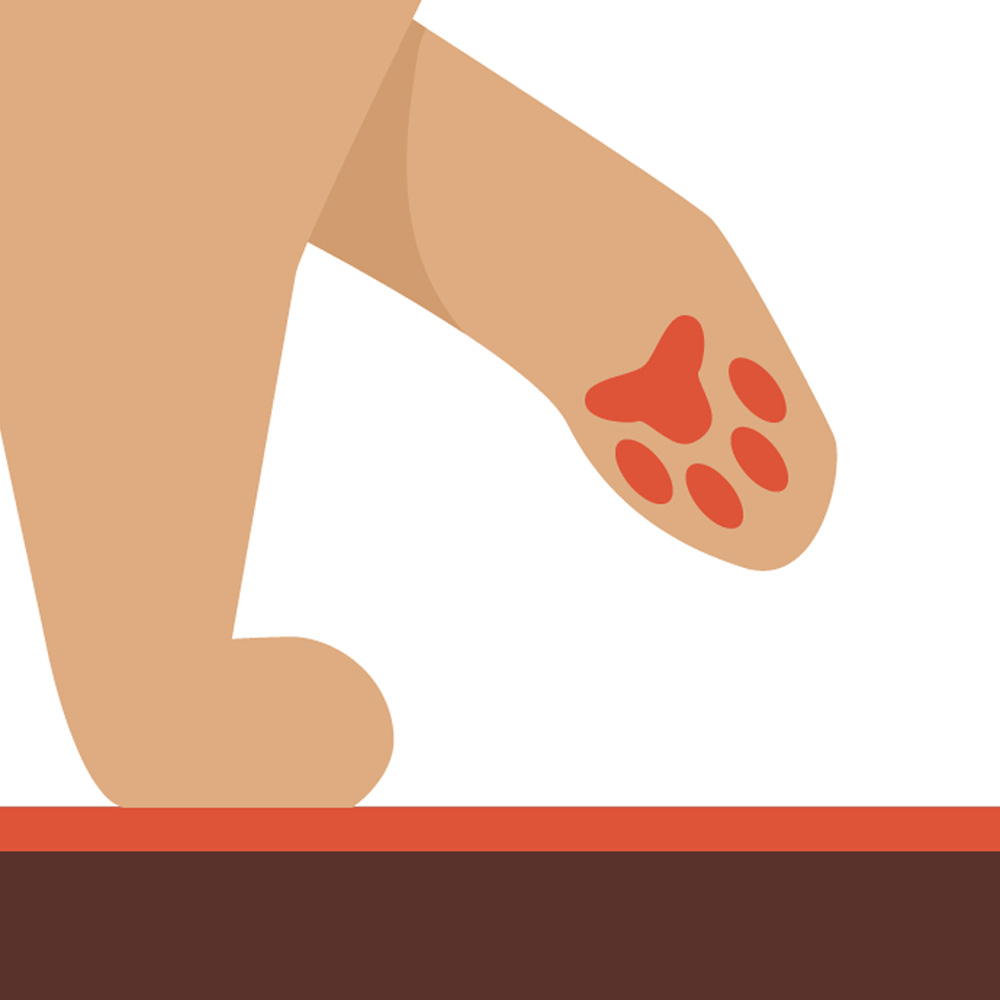
THE PAVEMENT CHECK
Make sure to check the pavement and asphalt with the back of your hand before taking your pup on that walk they so want to go on. Hold the back of your hand to the pavement, and if you cannot rest it comfortably there for at least 7 seconds, it is too hot for them to be trotting on.
CHECK YOUR WALKING HOURS
It is important that you pay attention to the time of day you are taking your pet out for a walk. The summer brings extreme temperatures, and the peak temperature times are important to pay attention to. Try to stick to early morning or evening walks to ensure your pet’s safety.
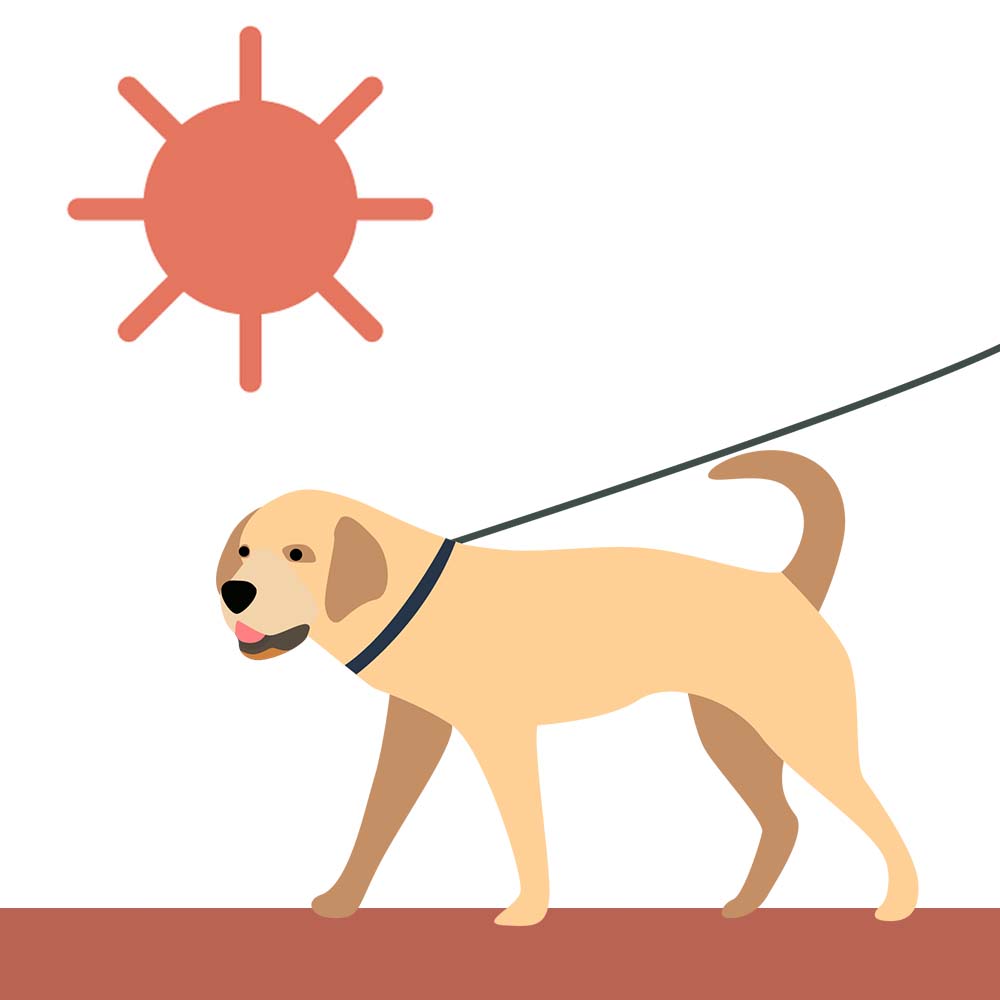

PROVIDE PLENTY OF WATER
This is crucial as pets can become dehydrated quickly in the summer heat.
Additional Summer Pet Safety Tips:
Bring your own water and bowl on outings. Dogs can share germs and viruses with each other by drinking from each other’s water.
NEVER use fireworks around your pet. This can cause serious injury if your animals are exposed to the flames, and the loud noises give many pets extreme anxiety.
Watch for ticks. If you are going for a hike on a dog-friendly trail, make sure you check to see if the area is common for ticks. There are many different brands of tick repellents that you can buy to put on your pup to help protect them.
Consider buying a life vest for your dog. Make sure that your dog is supervised around any body of water. Not all breeds of dogs are good swimmers.
Do NOT shave your pet. It is perfectly fine to trim their hair for the summer, but shaving your pet’s fur off completely leaves them susceptible to sunburns and overheating.
Watch those summer barbecues. Many foods cooked at back yard barbecues can be poisonous to your pet, especially alcohol. This can cause intoxication, or worse longer term affects like a coma.
Keep your dog on a leash. When going on hiking trails, walks, or even to the park, make sure to keep your dog on leash in areas not designated for off-leash play. This is important because even if your dog is friendly, that doesn’t always mean that someone else’s is.
How to Have Safe Summer Fun with Your Pet:
Hot Days
As we move deeper into the summer, the temperatures are going to continue to climb, and it is important to know how to keep your pets safe and what signs to look for to tell if they are overheating. It is up to us to help protect them and keep them safe.

The best thing you can do this summer is preventing overheating in the first place. In hot weather, it is crucial that your pets have easy access to shade and water. You should try to exercise your dog early in the morning or late in the evening when it is cooler. If you have a high-energy dog that needs lots of activity, try taking them for a swim instead of the usual dog park trip or walk. If you are doing outdoor activities, take lots of breaks in the shade or indoors and have cool water available. If it is an extra-sweltering day, it is best to find indoor activities and avoid the heat all together. Most importantly, NEVER leave your dog in a parked car. Even on a mild day with the windows cracked, temperatures inside your car can quickly reach over 100 degrees in a matter of minutes and that can prove fatal to your dog.
Even if you follow all those tips, sometimes your dog can still overheat.
Here are some symptoms of heat exhaustion to look out for:
- Excessive panting
- Slow responses or confused, glazed eyes
- High body temperature (anything over 103 degrees)
- Lethargy
- Dizziness or lack of coordination
- Excessive drooling
- Rapid or erratic pulse
- Severe heat exhaustion symptoms can include vomiting and diarrhea, collapse, convulsions, and/or discolored gums
If you see any of the above symptoms immediately get your pet out of the heat and to a cool place. Contact your vet or an emergency animal care facility immediately.
The summer is a wonderful time to make memories with your furry best friend and with a little preparation, you can make sure they are safe while having all that fun in the sun!
–Read the full article on the Nevada Humane Society Blog.
Cool Your Dog Down with a PUP-sicle:
Warm summer days, Cool summer treats
There are many ways you can make frozen treats for your dog for summer time delicious fun!
Here at the shelter, we give our pups little “pupsicles” as in enrichment and a way to give them a nice treat. These usually consist of wet food, that is frozen into ice cube trays and distributed throughout the day.
During the summer months, It can get quite warm outside. These will help cool your pup down and give them something to keep them busy for a bit. This is just one way to make frozen treats, there are many ingredient possibilities!
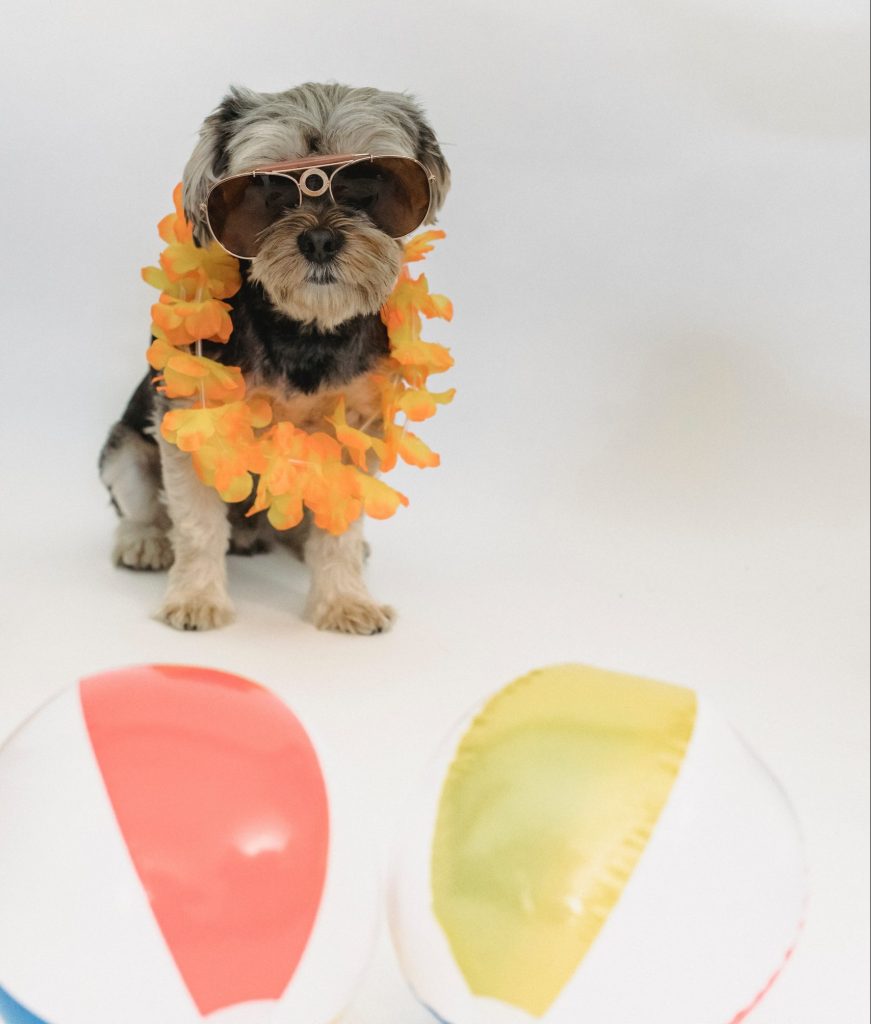
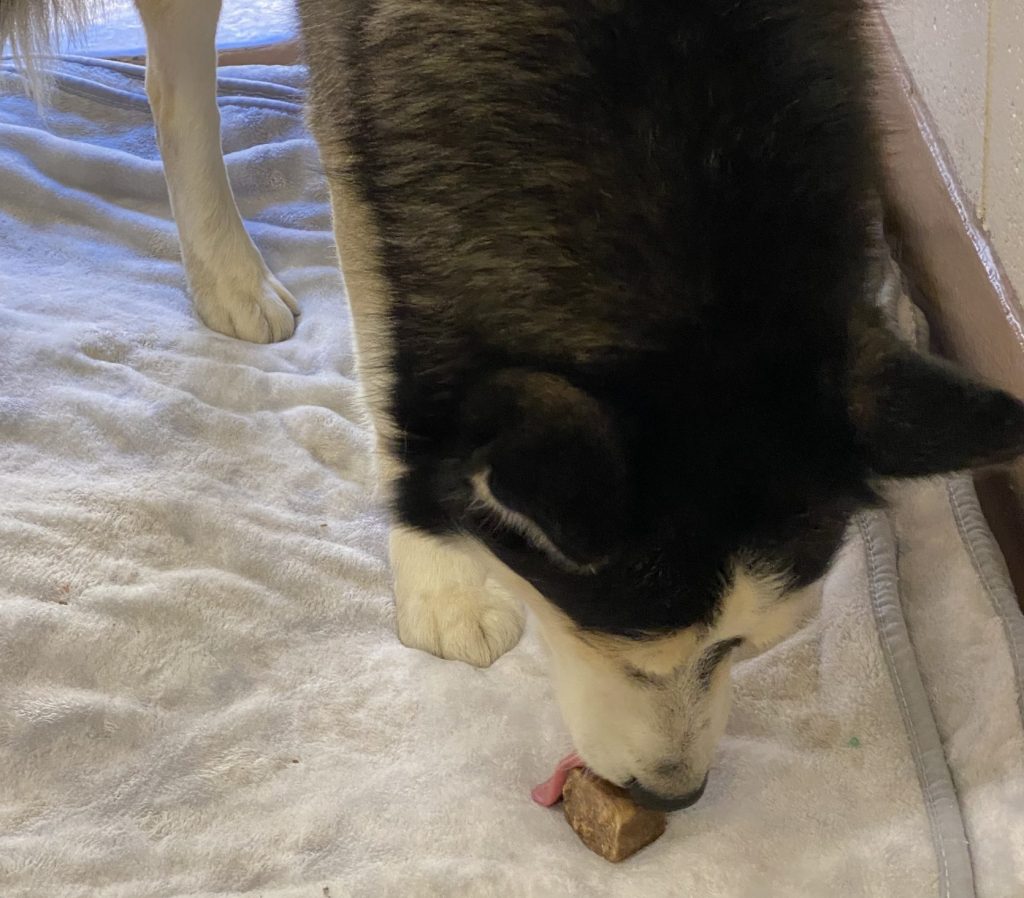
PB Banana Ingredients:
- 1 Banana, peeled
- 3-4 Tablespoons of peanut butter
- 32 Ounces of plain non fat yogurt
- Muffin tin or ice cube tray
Directions:
- Add all of your ingredients to a blender and blend them up until they are a smooth consistency.
- If you want an added crunch, you can add in a couple of treat but make sure the pieces get semi broken up.
- Grab an ice cube tray or muffin tin container to pour the mixture into.
- Pop this into the freezer for about two hours until solid.
- Serve them to your pup(s)!
PB Banana Ingredients:
- 1 Banana, peeled
- 3-4 Tablespoons of peanut butter
- 32 Ounces of plain non fat yogurt
- Muffin tin or ice cube tray
Directions:
- Add all of your ingredients to a blender and blend them up until they are a smooth consistency.
- If you want an added crunch, you can add in a couple of treat but make sure the pieces get semi broken up.
- Grab an ice cube tray or muffin tin container to pour the mixture into.
- Pop this into the freezer for about two hours until solid.
- Serve them to your pup(s)!
Turkey Frozen Treat Ingredients:
- Low sodium broth (chicken or vegetable)
- Shredded cooked turkey
- Plastic or reusable container
Directions:
The directions for this frozen treat are quite easy, simply mix all of his together, put it in the container and freeze it!
Your pups are sure to enjoy these! Check out more pet-friendly recipes.
Outdoor Adventures with Your Furry Friends
Natural Disasters & Severe Weather
Natural disasters, such as storms and wildfires are scary for us and our pets. If we need to evacuate our homes for any reason, we want to make sure that our loved ones including our four-legged family members are safe.
Make sure that you are prepared for emergency situations by making sure that you have supplies prepared for your pet.
Grab the Essentials:
- Food and water. Make sure to have at least few days supply sealed in air tight containers & enough water bottles for you and them.
- Food & water bowls
- Extra collar and leash
- Garbage bags
- One crate/carrier for each pet
- Flash light
- Blankets/comfortable items with their scent on it.
For Dogs:
- Extra leash
- Chew toys
For Cats:
- Disposable litter pans
- Toys
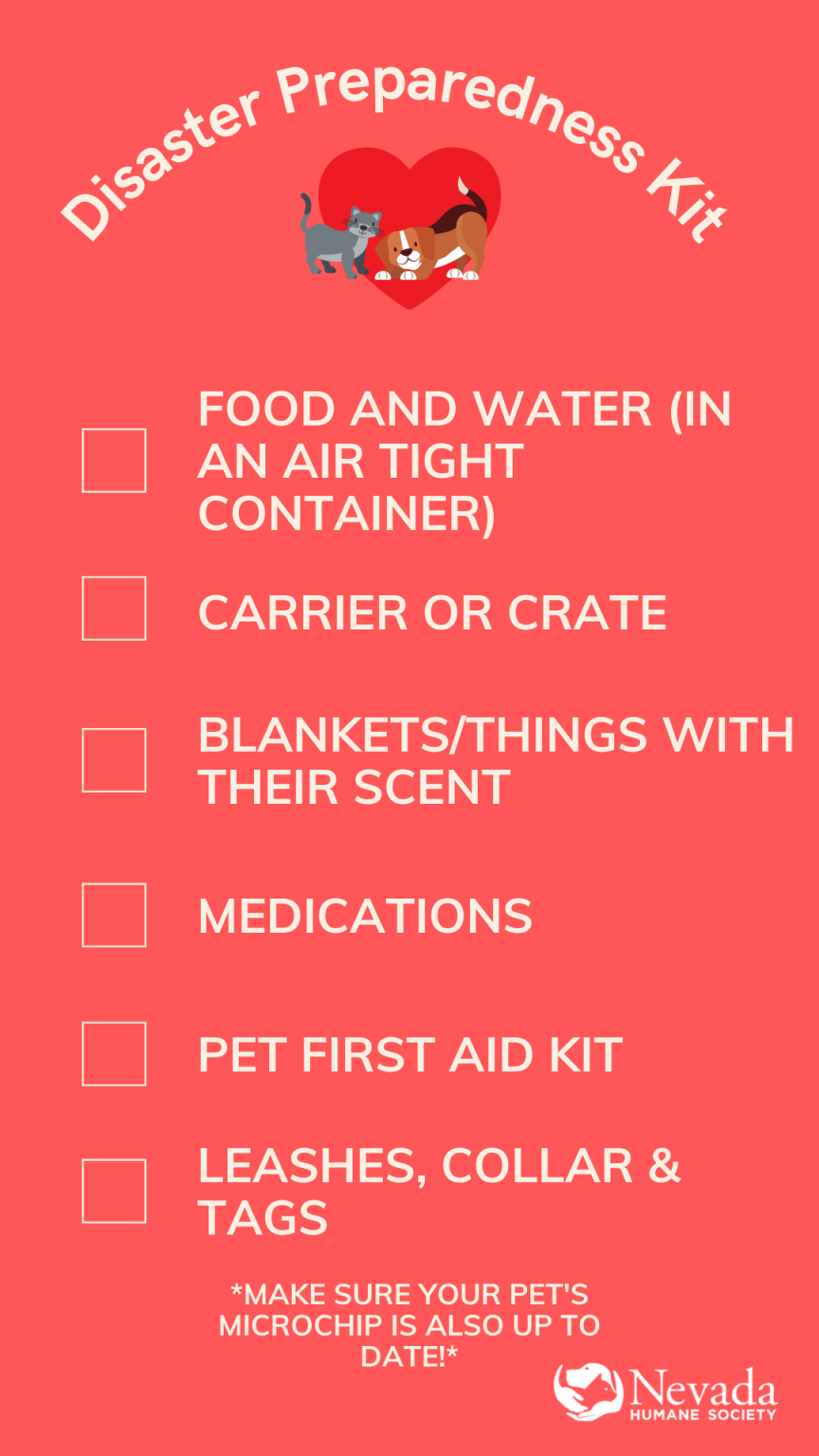
It is also important to make sure that your pet has a collar with appropriate tags on. Keeping your pet’s chip up-to-date ensures that even if you are separated from them, that you will be able to find your way back to each other.
For more disaster-preparedness tips, visit the Nevada Humane Society blog.
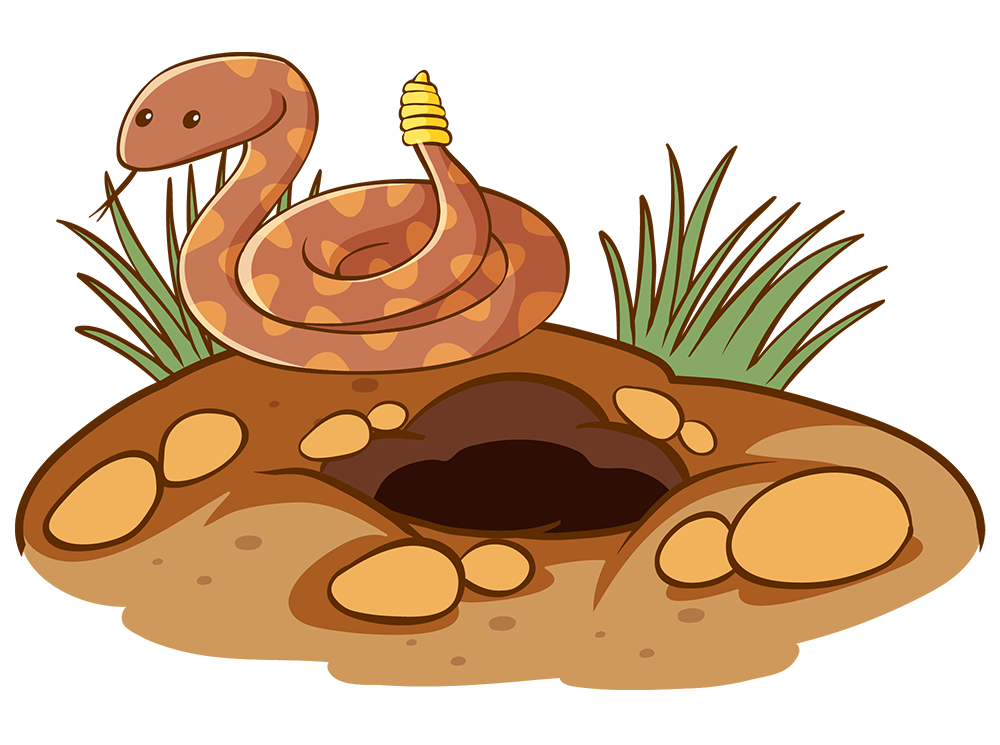
Beware of Rattlesnakes
Rattlesnakes are most active in warmer seasons, from spring to autumn. They can be deadly to pets and people, so it is important to take precautions to keep your pets safe. Visit Northern Nevada SPCA’s blog post on rattlesnake safety to learn more.
Find an Off-Leash Dog Park:
Washoe County:
- Virginia Lake Park Dog Park
- Whitaker Park Dog Park
- Sparks Marina Park Dog Park
- Link Piazzo Dog Park at Hidden Valley Regional Park
- Rancho San Rafael Park Multi Use Area
Carson City:
